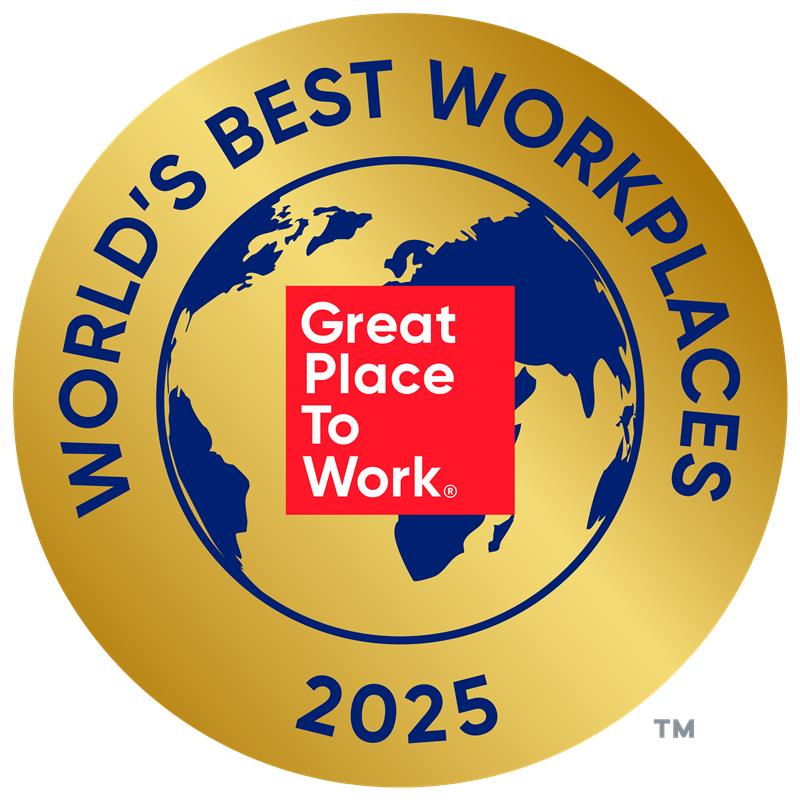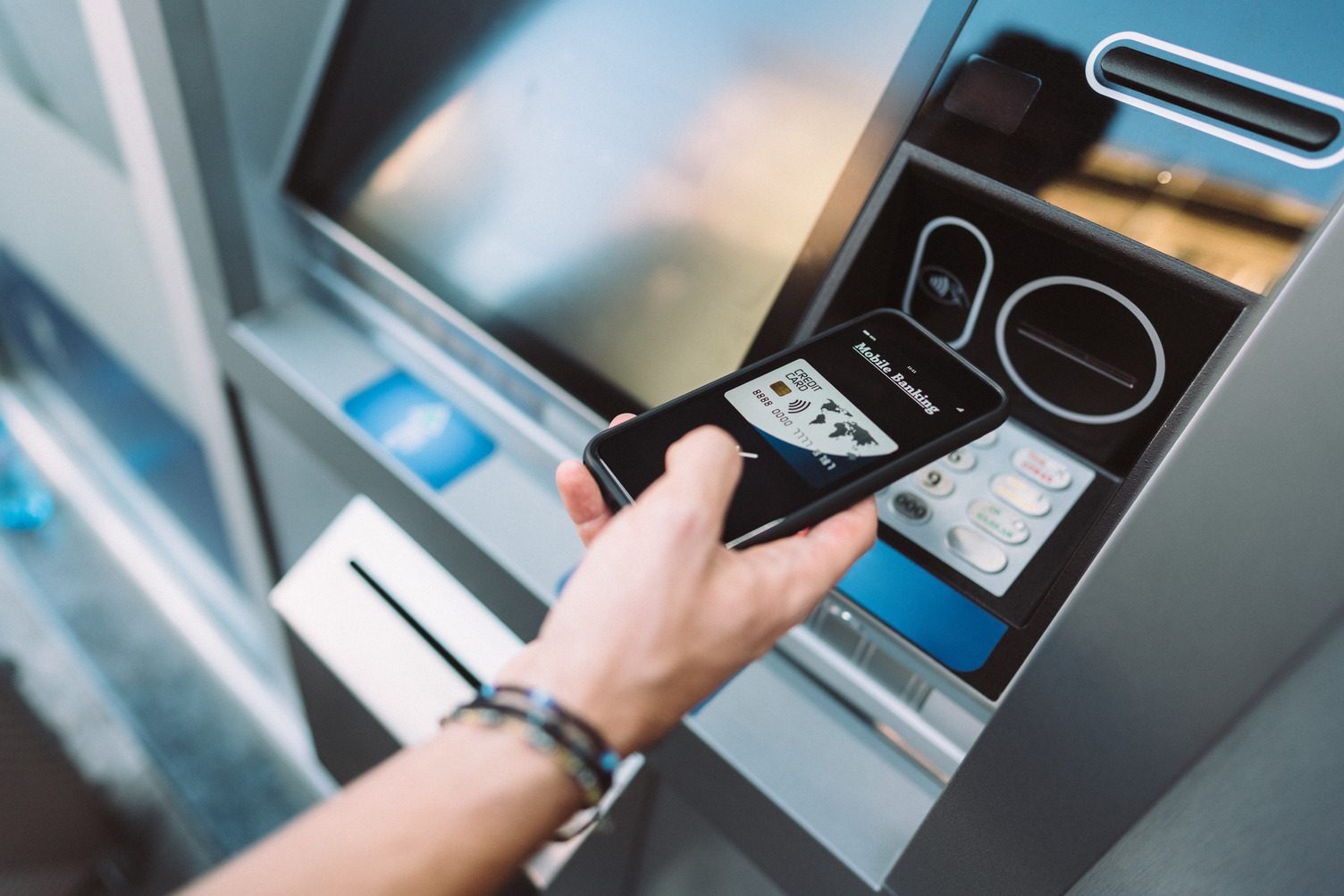
At Experian, we often say our people are our biggest superpower – and today, I’m thrilled to share that this belief has been recognised once again. Experian has been named one of the 2025 World’s Best Workplaces™ by Fortune and Great Place to Work® for the second year in a row.
This achievement reflects the culture we’ve built together – one that’s welcoming, inclusive, and rooted belonging. It’s a celebration of every colleague who brings their whole self to work, who lifts others up, and who powers opportunities for our clients, consumers, and communities.

We’ve made it our mission to create a workplace where everyone feels included, respected, and empowered. That’s why we’re proud to have earned top scores on the Corporate Equality Index and the Disability Equality Index, and to be recognised with the Outie Award for Workplace Excellence and Belonging.
These recognitions matter. But what matters most is how our people experience life at Experian. Whether it’s collaborating, innovating, or growing through world-class development of products, services and contributing to our communities, our culture is designed to help everyone thrive.
We’ve also made bold commitments to career development. Initiatives like Global Careers Week, the AI-driven performance coach Nadia, and the NextGen Forum – a global leadership development programme for emerging talent from across our regions – give our people the resources to take charge of their growth and build a “One Experian” mindset.
Being named one of the World’s Best Workplaces is a moment to celebrate but also a reminder to keep aiming higher. The world of work is evolving fast, and so are we. From embracing AI to enhancing our digital workplace experience, we’ll continue to push forward and listen to our people every step of the way.
Questions we will discuss:
- What does “retirement readiness” mean to you, and how can someone tell when they are financially ready to retire?
- Is there a magic number for retirement savings, and what factors should someone consider when setting a retirement goal?
- How can someone estimate their retirement expenses realistically?
- What are some common myths or misconceptions about how much money you need to retire?
- How should Gen Z, Millennials, and Gen Xers each approach retirement planning differently based on their stage of life?
- What are the biggest obstacles people face when trying to save for retirement, and how can they overcome them?
- How can you balance saving for retirement with paying off debt or supporting family today?
- What tools, calculators, or strategies can help people figure out if they’re on track for retirement?
- How can people prepare for unexpected costs or life changes that could impact their retirement plans?
- What’s one piece of advice you’d give someone just starting—or restarting—their retirement savings journey?
| Columns 1 | Column 2 | Column 3 | Column 4 |
|---|---|---|---|
| Row 1 Col 1 | |||
| Row 2 Col 1 | |||
| Row 3 Col 1 | |||
| Footer 1 | Footer 2 | Footer 3 | Footer 4 |

Credit Chat
Stretching your Dollars: Practical Tips to Cut Costs and Save More
February 5, 2025 3-4 PM ET
- What does “retirement readiness” mean to you, and how can someone tell when they are financially ready to retire?
- Is there a magic number for retirement savings, and what factors should someone consider when setting a retirement goal?
- How can someone estimate their retirement expenses realistically?

Greater transparency in buy now, pay later activity is key to helping consumers build their credit histories and supporting responsible lending. We have members of the military right now right out of high school and there’s not a lot of experience managing their own money. They’re quickly thrust into a place where they don’t have a support system to do that. We have members of the military right now right out of high school and there’s not a lot of experience managing their own money. They’re quickly thrust into a place where they don’t have a support system to do that. We have members of the military right now right out of high school and there’s not a lot of experience managing their own money. They’re quickly thrust into a place where they don’t have a support system to do that. We have members of the military right now right out of high school and there’s not a lot of experience managing their own money. They’re quickly thrust into a place where they don’t have a support system to do that. We have members of the military right now right out of high school and there’s not a lot of experience managing their own money. They’re quickly thrust into a place where they don’t have a support system to do that.
Experian North AmericaScott Brown, Group President, Financial Services

Experian’ s Vision Conference in Dallas wrapped up today with the last round up breakout sessions and a keynote address from Texas legend Roger Staubach, Heisman Trophy winner, Super Bowl MVP and Executive Chairman of Jones Lang LaSalle Americas. To all our Vision 2014 Conference attendees, thank you so much for coming this year and we look forward to seeing you all again next year.

Vision 2014: The State of U.S. Business Credit from Experian Business Information Services Experian’s Business Information Services and Moody’s Analytics have been reporting on the health of small business credit on a quarterly basis since 2010, publishing the Small Business Credit Index report. In this joint session moderated by Brian Ward, Senior Director – Integrated Marketing, Joel Pruis, Senior Business Consultant from Experian’s Global Consulting Practice and Moody’s Analytics Senior Director Cristian deRitis offered an in-depth analysis of business credit health across the United States. Cristian deRitis kicked the small business credit session into gear by taking the audience through an economic outlook, starting by reviewing of the economic progress started in part by austerity measures following the Great Recession. Joel Pruis continued the discussion with the “West vs. the Rest” small business credit conditions in the US adding national industry performance in various key metrics and resulting small business application volume trends. Experian’s Business Information Services unveiled a new interactive Business Information Map which provides key insights on business credit health by state and metropolitan statistical areas (MSA). The map enables users to get a visual representation of how states and MSA’s are performing in four key business credit health categories, including risk score, number of days businesses pay their bills past due, delinquency rates and bankruptcy rates. The map includes the most recent quarter’s performance, year-over-year comparison and industry-level analysis. Tweet This! [VIEW NOW] New interactive map on business trends in the US #vision2014 http://bit.ly/visionibim Click to Tweet Want to know the health of US businesses? View the new Business Information Map #vision2014 http://bit.ly/visionibim Click to Tweet Check out Experian's Business Information Map for great #smallbiz credit stats #vision2014 http://bit.ly/visionibim Click to Tweet I Heart Maps – especially #business #information maps #vision2014 http://bit.ly/visionibim Click to Tweet Business delinquency in the West shows signs of a comeback! Compare YOY in our interactive map #vision2014 http://bit.ly/visionibim Click to Tweet Analyze regional #smallbusiness #credit health with Experian's #business information map #vision2014 http://bit.ly/visionibim Click to Tweet Learn more about Experian’s Business Information Map by going to: www.experian.com/ibim

Day two of Experian’s 33rd annual Vision 2014 Conference in Dallas included a full morning of education on topics related to the economy and the industry. Chief investment strategist at Wells Capital Management, Dr. James Paulsen kicked off today’s events delivering a powerful keynote address on the economic and financial outlook for the U.S. Following Dr. Paulsen’s remarks, conference attendees headed into the day’s breakout sessions, including an update on the U.S. auto industry from Experian Automotive. According to Melinda Zabritski from Experian, in Q4 2014 U.S. auto loan balances grew to their highest level on record, $799 billion with new leases also expanding to a high of 28.84 percent. Another interesting topic covered today was a deep dive analysis on millennial borrowers, an important audience for lenders as they consider growth opportunity in the market. Experian’s analysis shows that this digitally-savvy population has different needs for loan products, communication and most importantly, credit education. We will be back with another update from Vision, and remember to follow our updates from the show on Twitter or read the announcements on our Vision page on LinkedIn. And check out some favorite tweets from today's conference.
2024 Best Place to Work for Disability Inclusion


